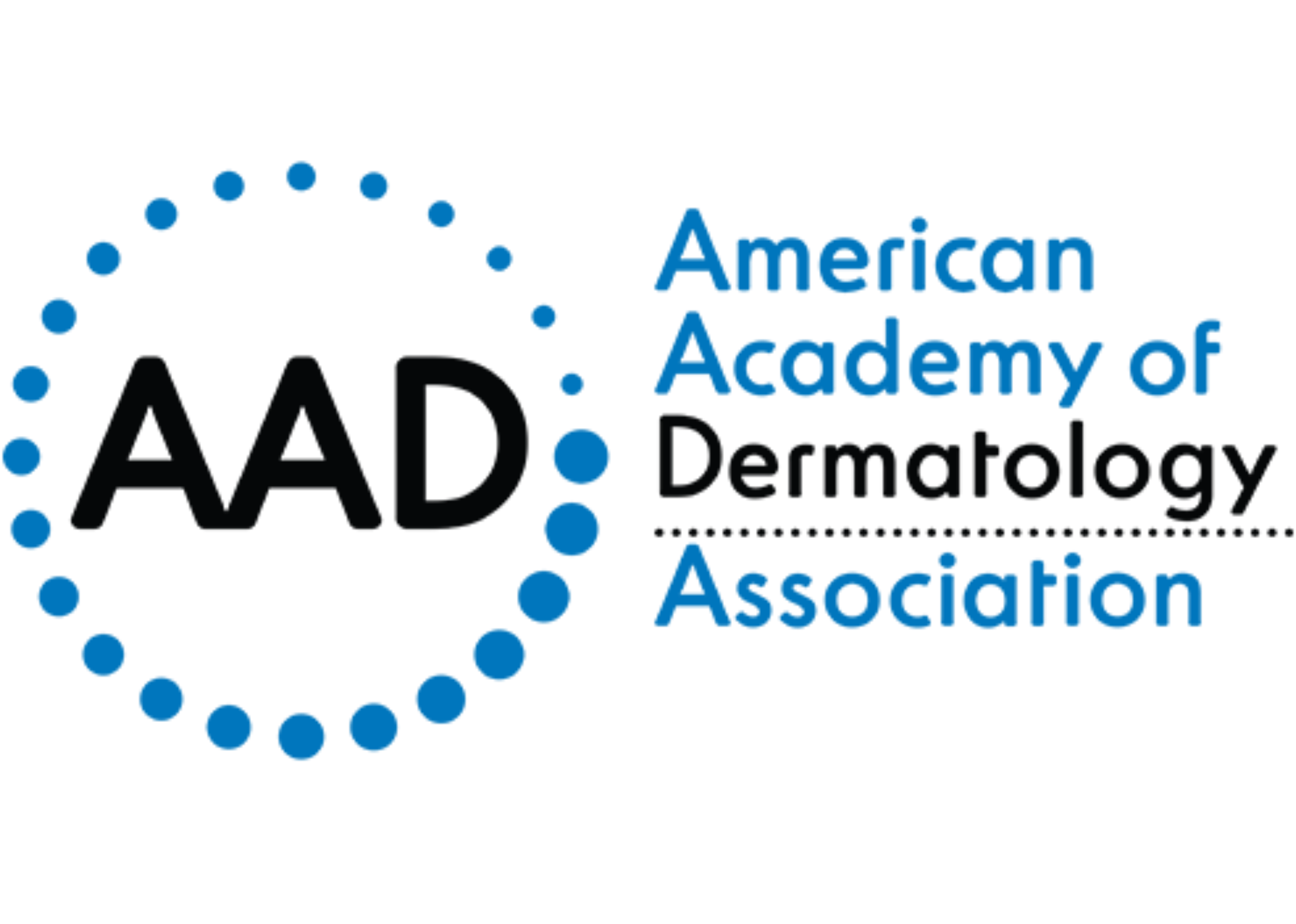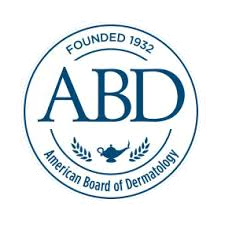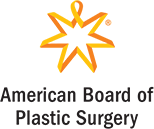Because patients with ichthyosis have an impaired or abnormal skin barrier, they are at higher risk for certain types of infection. In particular certain fungal infections can often hide out from the immune system while infecting areas of thickened scale in the skin. This has been reported most frequently in cases of ichthyosis vulgaris, lamellar ichthyosis, and keratitis, ichthyosis and deafness (KID) syndrome, although any type of ichthyosis with thickened scale is at higher risk.
People with ichthyosis can also be at high-risk for certain types of bacterial infection. In particular individuals with epidermolytic ichthyosis can become colonized with staphylococcus aureus as well as other skin pathogens. This colonization can lead to infection. Colonization can often be noted from increased irritation and maceration (wetness) of the skin with a faint odor. Infection is characterized by warm and tender skin with increased drainage. If there is concern for a bacterial infection, a swab can be taken in the clinic, which can let you know if an infection is present. However it takes 48 to 72 hours to have results from a bacterial culture.
Taking dilute bleach bath by adding a half cup of bleach to a bath tub (¼ cup if only ¼ full, or 1 tsp per gallon) can help reduce colonization and prevent infection. Although this sounds like a strange recommendation, bleach has been used for many years in medicine. Unlike antibiotics, there is no risk for resistance when using bleach. Often patients benefit from continued use of dilute bleach baths or bleach washes in order to prevent infection. It is important to remember that the concentration of bleach in a “bleach bath” is similar to the amount of chlorine in a swimming pool.
It is important to recognize areas of persistent drainage or pain, as well as discharge, which may be a sign of infection. Be sure to see your doctor who may need to start you on an oral antibiotic. Remember: bleach baths only prevent infection but cannot treat a bacterial infection once it has occurred.
Some patients with ichthyosis are prone to recurrent fungal infections. These individuals may benefit from periodically taking an oral course of a systemic antifungal agent such as terbinafine. It is helpful to discuss this option with your doctor. It is also important in recurrent fungal infections to check your fingernails and toenails. Thickened fingernails and toenails could be a sign of persistent fungal infection of the nails which may be spreading to other parts of your body and leading to this infection recurrence. In cases of a fungal infection a quick in-office scraping by the dermatologist can let you know right away whether your skin is infected.
Lastly, scabies is a parasitic infection where mites invade your skin. It is characterized by increased itching and scale. Often patients have itchy bumps on their wrists, ankles, and waist line. In severe cases the palms and soles become thickened. Your dermatologist can do a quick skin scraping and make this diagnosis in clinic.
It is always important if you have areas of your skin that are not healing or worsening to visit your doctor and see if any additional test should be done.







